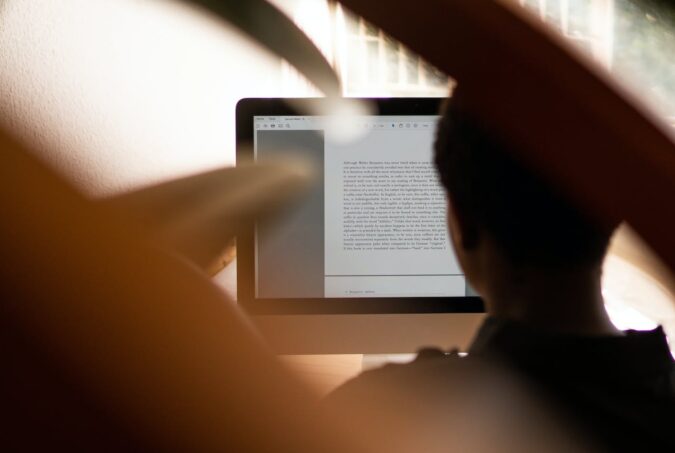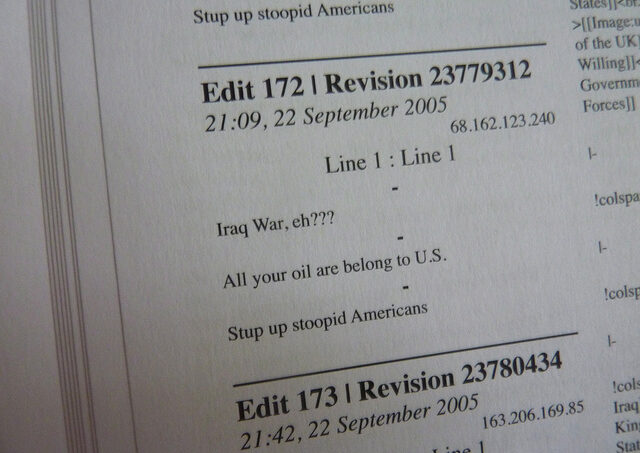
Network of all reverts done in the English language Wikipedia within one day (January 15, 2010). Read the full article for details
While network science has significantly advanced our understanding of the structure and dynamics of the human social fabric, much of the research has focused on positive relations and interactions such as friendship and collaboration. Considerably less is known about networks of negative social interactions such as distrust, disapproval, and disagreement. While these interactions are less common, they strongly affect people’s psychological well-being, physical health, and work performance. Negative interactions are also rarely explicitly declared and recorded, making them hard for scientists to study. In their new article on the structural and temporal features of negative interactions in the community, Milena Tsvetkova, Ruth García-Gavilanes and Taha Yasseri use complex network methods to analyse patterns in the timing and configuration of reverts of article edits to Wikipedia. In large online collaboration communities like Wikipedia, users sometimes undo or downrate contributions made by other users; most often to maintain and improve the collaborative project. However, it is also possible that these actions are social in nature, with previous research acknowledging that they could also imply negative social interactions. The authors find evidence that Wikipedia editors systematically revert the same person, revert back their reverter, and come to defend a reverted editor. However, they don’t find evidence that editors “pay forward” a revert, coordinate with others to revert an editor, or revert different editors serially. These interactions can be related to the status of the editors. Even though the individual reverts might not necessarily be negative social interactions, their analysis points to the existence of certain patterns of negative social dynamics within the editorial community. Some of these patterns have not been previously explored and certainly carry implications for Wikipedia’s own knowledge collection practices—and can also be applied to other large-scale collaboration networks to identify the existence of negative social interactions. Read the full article: Milena Tsvetkova, Ruth García-Gavilanes and Taha Yasseri (2016) Dynamics of Disagreement: Large-Scale Temporal Network Analysis Reveals Negative Interactions in…


